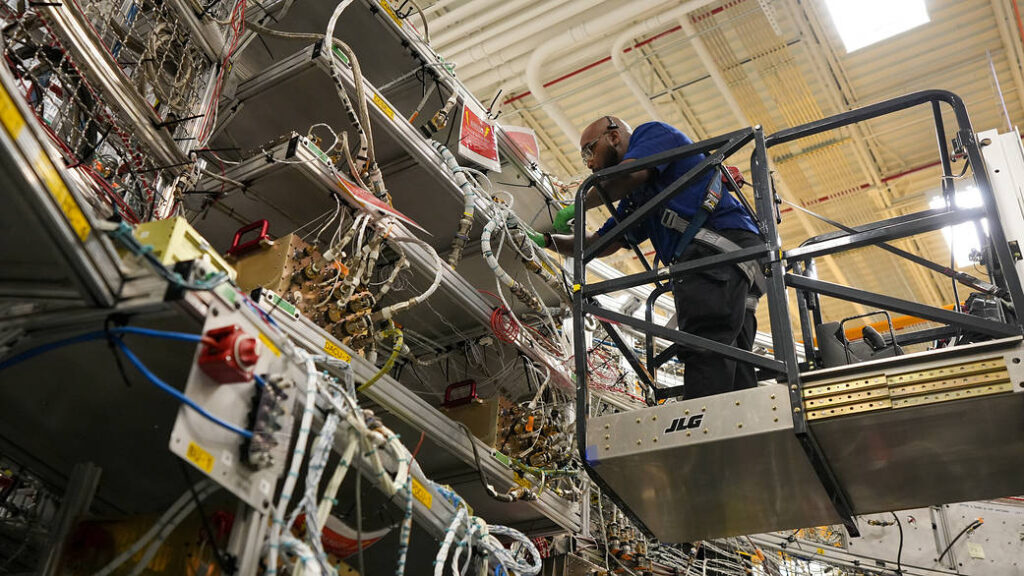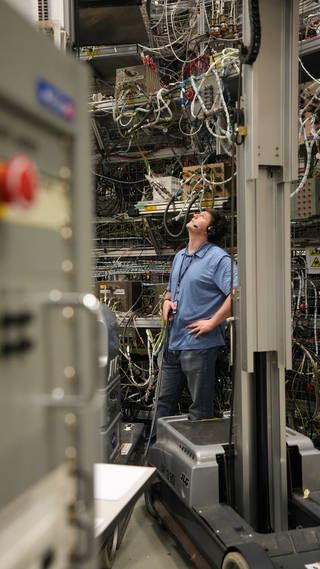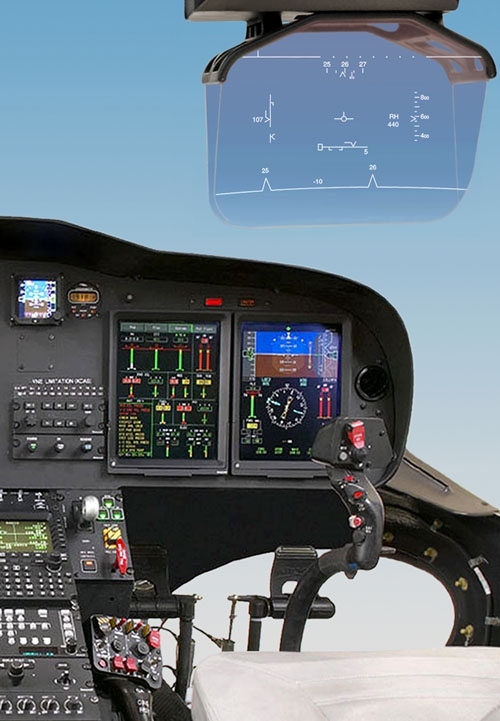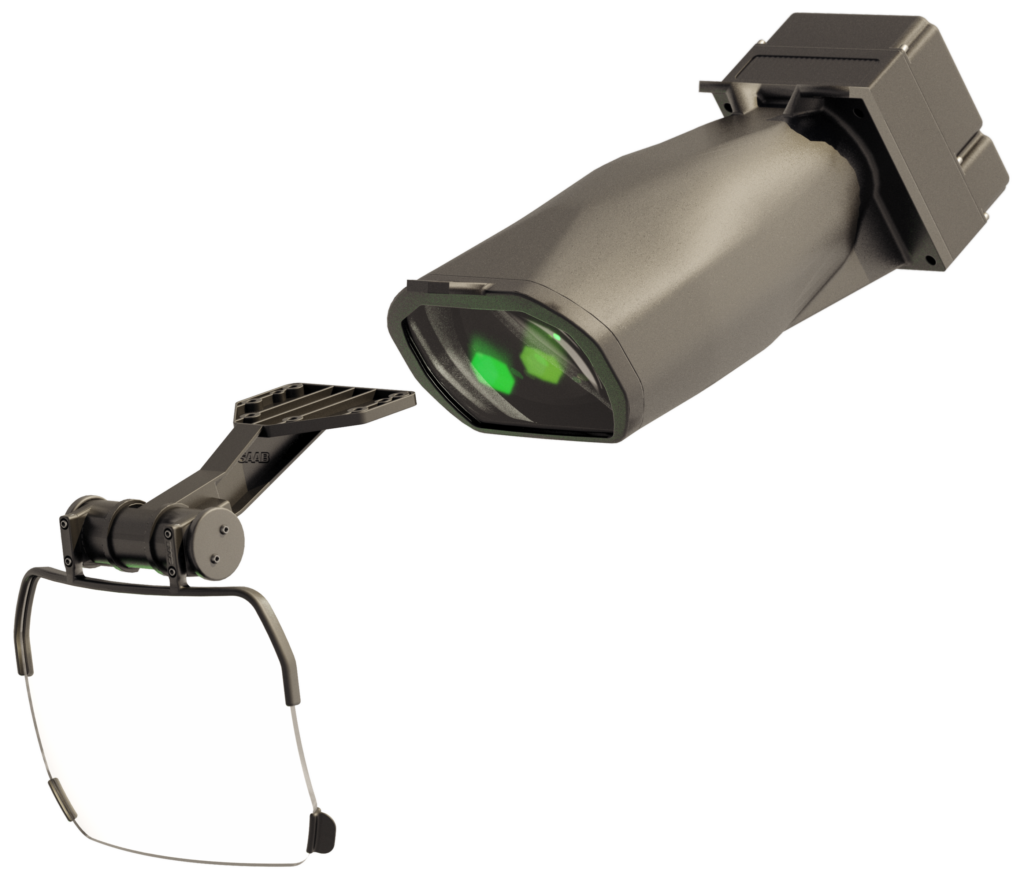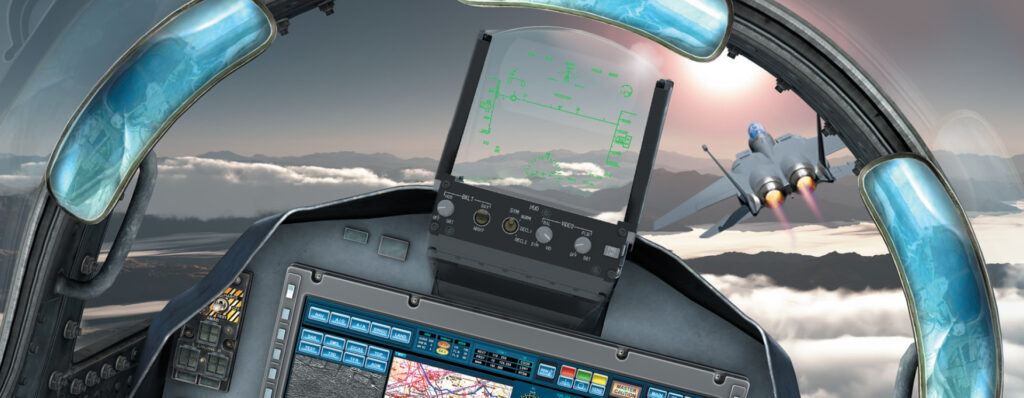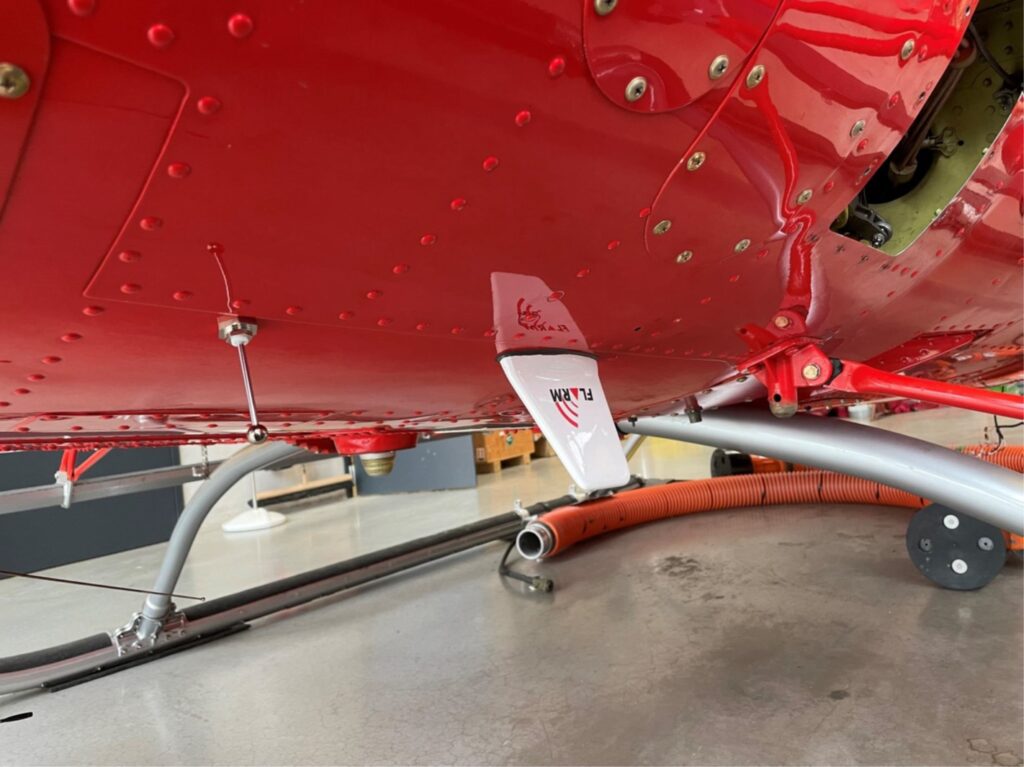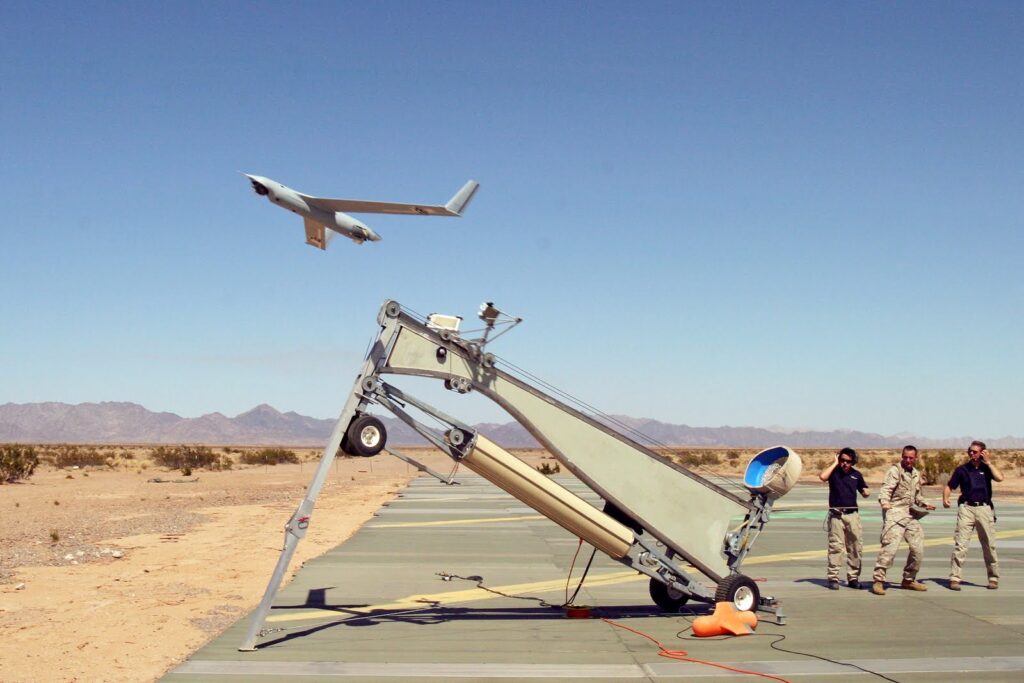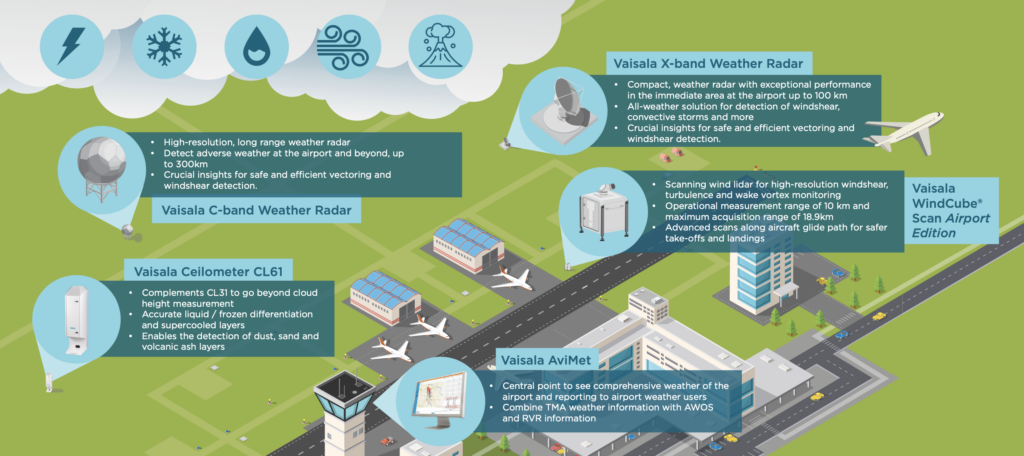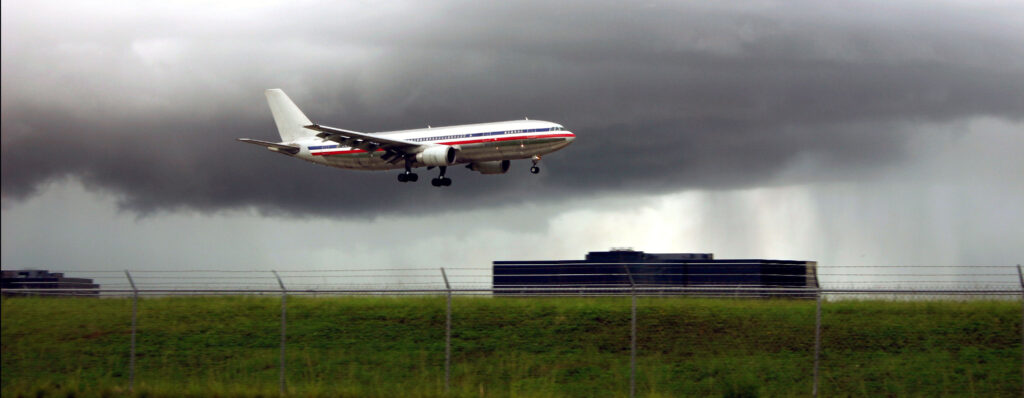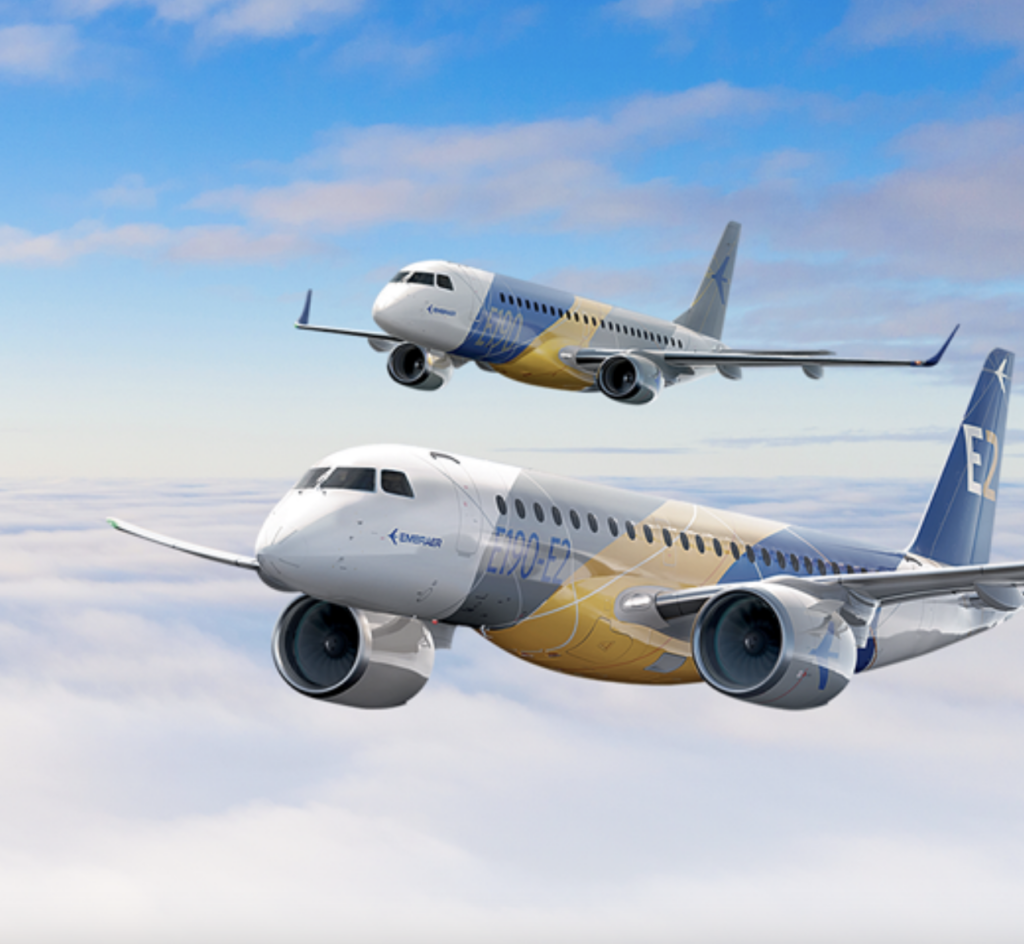How Airports Can Prepare For Electric Aircraft


One of the primary concerns of airports revolves around the scale and variety of future electric aircraft operations.
Engineering firm WSP has taken the lead in assisting airports in the preparations for electric aircraft. With electric vertical take-off and landing (eVTOL) vehicles on the horizon, WSP is working closely with clients to integrate these groundbreaking advancements into their master plans.
A significant project currently underway is WSP’s collaboration with Philadelphia International Airport, where they are incorporating provisions for a state-of-the-art vertiport facility into the airport’s master plan update. This approach demonstrates the airport’s commitment to embracing advanced air mobility and ensuring seamless integration of eVTOLs into their operations.
Additionally, WSP is spearheading the master plan for the Kay Bailey Hutchison Convention Center in Dallas, which encompasses the redevelopment of an existing vertiport to accommodate electric aircraft.

(Photo: City of Dallas)
Gaël Le Bris, Vice President, Aviation Planning and Senior Technical Partner, WSP USA, talked about the firm’s extensive experience in this area during a recent interview with Avionics International. Le Bris brings a unique perspective to the table, with a background in both aeronautical and civil engineering, as well as prior experience as a site development manager for Paris Charles de Gaulle International Airport.
“I lead aviation planning and engineering studies across the United States and abroad,” Le Bris shared. “Our main clients are airport operators, research institutions, and flight operators. We work for them on a broad range of issues from strategic advisory to capital project delivery.”
Le Bris emphasized WSP’s commitment to developing comprehensive guidance for advanced mobility (AAM), electric aircraft, and hydrogen technologies. The firm has collaborated with institutions in the U.S. like the National Academy of Sciences, Engineering, and Medicine—and in particular the Transportation Research Board—on groundbreaking research.
“We wrote the first-ever guidance documents to airport practitioners on advanced mobility, electric aircraft, and hydrogen technologies,” Le Bris explained. “They are labeled as research reports, but they offer practical guidance to practitioners.”
WSP’s dedication extends beyond research and academia. The firm actively collaborates with State Departments of Transportation in the U.S., advising them on policies and planning strategies to facilitate the emergence of AAM. WSP also works directly with aviation facility operators to incorporate the necessary infrastructure requirements for the advent of electric aircraft and advanced air mobility.
This includes heliports and vertiports, such as the vertiport in downtown Dallas, as well as conventional hub airports like Philadelphia International Airport.
Le Bris emphasized that while airports are aware of what’s ahead, there are significant considerations and uncertainties that need to be addressed in order to prepare for eVTOL operations that are expected to commence in 2025.
He highlighted the primary concerns of airports, which revolve around the scale and variety of electric aircraft operations. Whether it’s air taxis with VTOL capabilities, electric regional and urban air mobility, or other types of electric aircraft, airports need to determine the appropriate facilities to accommodate these new technologies.
At present, the majority of aviation facilities are not ready for eVTOL operations, according to Le Bris. However, the timeline for implementation is still a few years away. One limiting factor is the delivery speed of these aircraft. Although there are substantial orders for electric aircraft from OEMs, it will take time to fulfill them. This delay will allow airports to develop realistic planning scenarios and implementation strategies.
One of the challenges in airport planning is the uncertainty surrounding operating cost savings that are often touted by OEMs. While there are claims of 40% lower operating costs compared to traditional aircraft, there is a lack of concrete evidence and benchmarks for the unique services enabled by electric aircraft. These cost considerations ultimately drive demand, and it is essential to establish reliable data before making accurate forecasts.
Rather than relying on quantitative forecasts, WSP focuses on developing reasonable planning scenarios. “instead of trying to do quantitative forecasts that, in my opinion, are very uncertain right now—and not necessarily very reliable—we come up with reasonable planning scenarios,” Le Bris said. “We talk about what kind of operations are expected, and what volume.”
For instance, the focus may be on urban air mobility (UAM), with eVTOLs shuttling passengers between airports and downtown areas, or on regional mobility that involves electric short take-off and landing (eSTOL) or conventional take-off and landing (CTOL) aircraft. Depending on the scenario, the location of vertiport facilities may vary, with land-side facilities away from the main aircraft operating area for UAM and more integrated airside operations for regional air mobility.

(Photo: Electro.Aero)
Le Bris also discussed other factors to consider, such as energy requirements, power infrastructure, energy resiliency, and the potential use of hydrogen as a power source for fuel-cell electric aircraft. Developing specific supply chains to deliver hydrogen to aviation end-users is a critical consideration in realizing the full potential of these technologies.
By considering different scenarios, addressing uncertainties, and strategically planning infrastructure development, airports can successfully integrate electric aircraft into their operations and capitalize on the promise of advanced air mobility.
During the interview, Le Bris shared insights on how states like Washington, Utah, and North Carolina are actively preparing for the implementation of electric aircraft operations. He highlighted WSP’s involvement in helping these states develop a vision and strategy to facilitate the emergence of these technologies while leveraging them for the benefit of communities.
In the case of Washington State, WSP conducted an electric aviation implementation study to assess different use cases and determine an implementation timeline. The study aimed to identify early policies and programs that would position Washington State at the forefront of electric aviation. Given the presence of OEMs and flight operators in the state, it was crucial to develop strategies that align with their progress.
Similarly, the State of Utah engaged WSP in an AAM implementation study. Beyond timelines and technologies, the study focused on planning policies to direct positive energy around AAM and create services that serve specific use cases and communities throughout the state. Le Bris emphasized the importance of safe and efficient facilities to support the emerging AAM industry.
One specific aspect explored with the state of Utah was the possibility of state departments of transportation (DOTs) issuing minimum standards for vertiport facilities. Currently, there is no federal standard for vertiports, and relevant documents, such as the FAA’s Engineering Brief 105, are at varying stages of maturity. WSP aimed to consolidate existing guidance and provide suggestions on things like vertiport design, power requirements, building codes, aircraft detection, monitoring equipment, and micro weather systems.
Le Bris also referred to a previous engagement with the North Carolina Department of Transportation (DOT) on the development of NC Move 2050. This long-range vision aimed to combine ground, air, and sea transportation across the state. WSP contributed expertise to help North Carolina envision corridors and routes for small uncrewed aircraft systems (UAS) delivery, urban air mobility, and other emerging transportation modes.
Will electric aircraft such as eVTOLs be able to compete with ride-sharing services like Uber and Lyft? Rather than competing directly, these kinds of passenger services will actually be complementary, according to Le Bris.
He noted that advanced air mobility (AAM) and mass transit offer distinct forms of transportation and serve different purposes within communities.
Le Bris dismissed the notion that AAM would replace mass transit entirely, highlighting that both play vital roles in meeting diverse mobility needs. Mass transit provides efficient transportation for large numbers of people, while AAM offers local aviation capabilities. The pricing and speed of these services differ significantly, and customers should not expect the cost of an eVTOL ride, particularly one that requires a pilot, to be as affordable as a bus ticket or commuter train ride.
While the price of an eVTOL ride may be higher than traditional transportation options, flying above congested traffic offers a unique value proposition. As an example, Le Bris cited Blade Air Mobility’s operation of conventional helicopters from Manhattan to airports in the New York area, with an airfare price of around $120. If AAM can offer a similar pricing range or even slightly lower costs due to reduced operating expenses, “I think we’re opening a lot of doors here to regular middle-class people being able to afford these things for going to the airport,” he remarked.
In the future, AAM could be even more affordable as a result of automation.

(Photo: Blade)
Earlier this year, Blade Air Mobility and BETA Technologies completed the first test flight of a piloted eVTOL aircraft in the greater New York City area.
One critical factor affecting the cost dynamics of AAM is aircraft certification. Regulatory bodies are adjusting their certification approaches for these innovative aircraft, and their requirements will have a substantial influence on overall costs. Le Bris emphasized that the evolving certification process will shape the future economic landscape of electric aircraft and their competitiveness with traditional taxi services.
Extensive collaboration among stakeholders and regulators is needed in order to realize the full potential of advanced air mobility. There is a need to establish appropriate standards and industry practices while ensuring a realistic and reasonable timeline for implementation.
Le Bris stressed the significance of an inclusive approach that actively engages local communities, particularly when creating new services for intra-city and intra-urban mobility. To successfully develop vertiports and transform existing heliports into efficient operations facilities, obtaining the support and buy-in of the local community is essential. This collaborative construction of the future of advanced mobility should involve residents and various stakeholders to ensure that their perspectives are considered and valued.
Read more about WSP’s perspective on electric aviation here.
—————
Boost Internet Speed–
Free Business Hosting–
Free Email Account–
Dropcatch–
Free Secure Email–
Secure Email–
Cheap VOIP Calls–
Free Hosting–
Boost Inflight Wifi–
Premium Domains–
Free Domains






